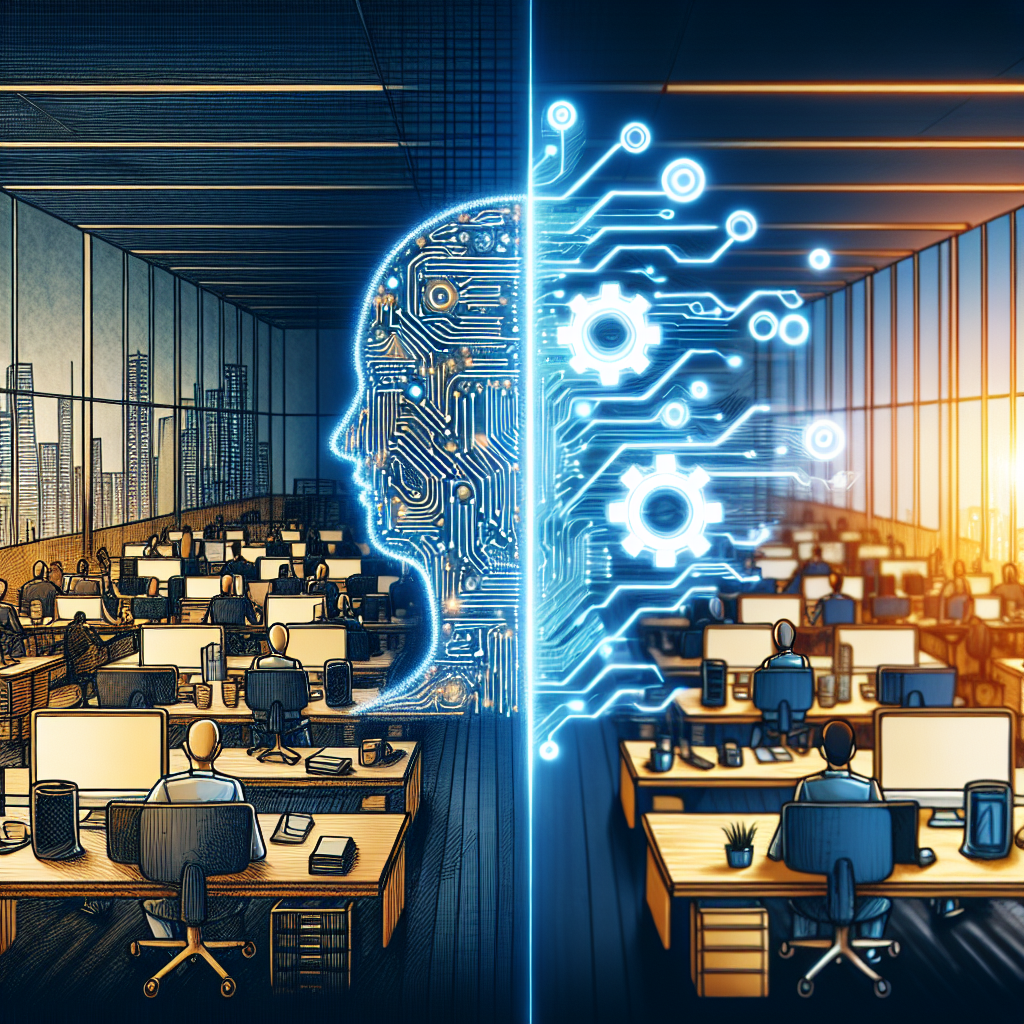Thomson Reuters, a leading provider of business information and software services, has found a novel way to empower its workforce of citizen developers through the use of artificial intelligence. By utilizing genAI, a new software platform that allows users to quickly and easily develop and deploy applications without the need for traditional coding skills, Thomson Reuters has been able to drastically increase the speed and efficiency of its software development processes.
The concept of citizen developers is not a new one, but it has gained traction in recent years as companies look for ways to rapidly innovate and respond to changing market demands. These non-technical employees are given the tools and resources needed to create their own applications, reducing the strain on IT departments and allowing for more agile and flexible development practices.
Thomson Reuters has long been a proponent of citizen development, recognizing the untapped potential within its workforce. However, the company faced challenges in scaling this approach due to the complex nature of traditional software development. That’s where genAI came in.
Developed by a team of AI and software engineers at Thomson Reuters, genAI is a groundbreaking platform that uses cutting-edge machine learning algorithms to automatically generate code based on user input. This allows even the most novice of users to create sophisticated applications with minimal effort. By leveraging genAI, Thomson Reuters was able to democratize software development within its organization, empowering employees from all backgrounds to contribute to the creation of new tools and solutions.
The benefits of this approach were immediately apparent. With genAI, Thomson Reuters was able to significantly reduce the time and resources required to build and deploy new applications. What once took months of planning and development now only required a few simple clicks. This newfound agility allowed the company to more effectively respond to market changes and customer demands, giving it a competitive edge in the fast-paced world of business information services.
Furthermore, genAI enabled a culture of innovation and collaboration within Thomson Reuters. Employees from various departments were able to come together and work on projects that were previously only possible with the assistance of dedicated development teams. This cross-functional approach led to the creation of new and innovative solutions that have helped Thomson Reuters stay ahead of the curve in a rapidly evolving industry.
Looking ahead, Thomson Reuters plans to expand its use of genAI further, exploring new ways to leverage AI and automation in its software development processes. The company believes that this approach will not only drive efficiency and speed but also foster a culture of continuous learning and improvement within its workforce.
In conclusion, Thomson Reuters’ use of genAI to enable a citizen developer workforce represents a bold and forward-thinking approach to software development. By harnessing the power of artificial intelligence, the company has unlocked the full potential of its employees, driving innovation and agility in an increasingly competitive market. As more organizations look to embrace citizen development, Thomson Reuters stands as a shining example of how AI can revolutionize the way we build and deploy software.

